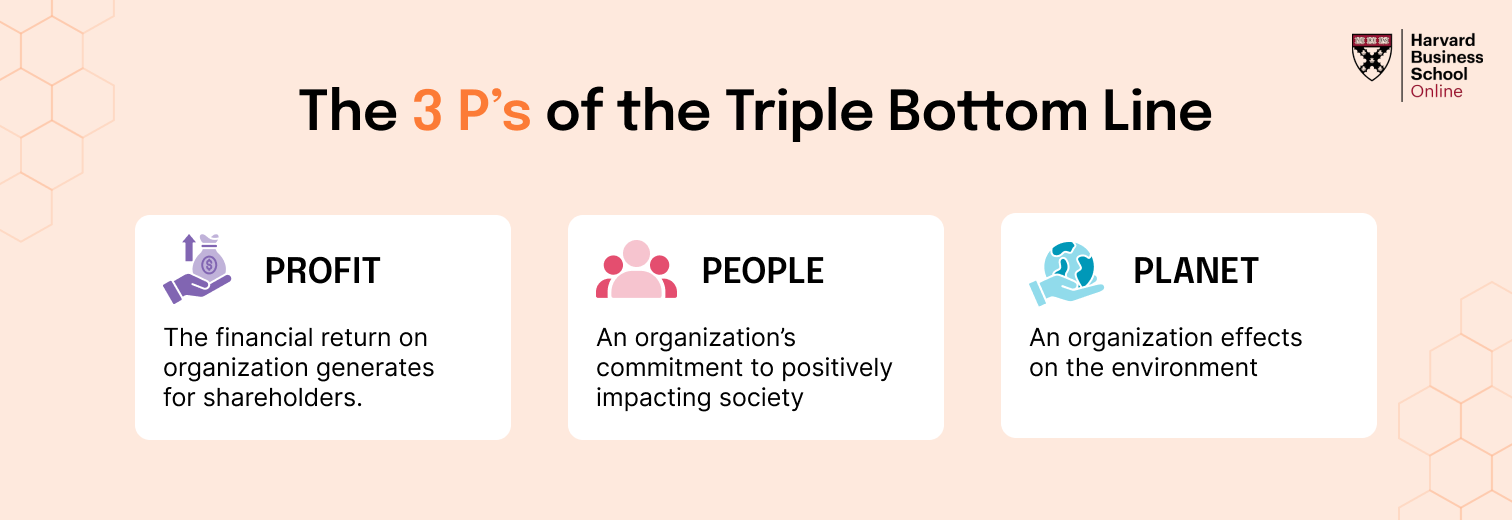When I first encountered a business simulation early in my career, it felt like stepping into a parallel universe of decision-making. There were numbers to crunch, strategies to design, risks to evaluate, and teams to collaborate with. It was fast, engaging, and very unlike anything we had done in traditional training. That experience shaped how I approached learning from that point on.
Since then, I have facilitated and participated in several simulations across industries. And while their impact can be transformational, I have also seen how quickly a simulation can lose its relevance if not reviewed and updated regularly.
Simulations are not just games. They are structured learning environments that mirror the complexity of real-world business. But for them to be truly effective, they must evolve alongside the world they represent.
So if your current simulation feels like it’s not hitting the mark, here are eight signs that it might be time for a revamp.
1. Your Team Is Not Thinking Beyond Their Own Role
Table of Contents
One of the core purposes of a business simulation is to provide a big-picture understanding of how business functions are interconnected. If your participants walk away still thinking in silos, something is off.
In our programs, we have seen how a well-designed simulation, like our Business Acumen Simulation, nudges people to think across departments. Marketing decisions affect supply chain timelines. Finance policies impact talent development. Sales choices influence product innovation. When these connections do not emerge naturally during the simulation, it is a sign that the model needs better integration.
Workplace takeaway: When employees fail to understand cross-functional dependencies, collaboration weakens and decision-making slows down.
2. The Multiplayer Dynamics Feel Flat
Some simulations treat teams as loose collections of individuals. Others push players to collaborate, negotiate, and strategize as they would in the real world. You can guess which kind leaves a lasting impact.
The best simulations bring team dynamics into play. They make people feel the consequences of poor communication or the rewards of aligned goals. When your simulation feels like a solo player game dressed up in teams, it is time to rework it.
One of our favorite tools, the Trust Simulation, allows teams to experience firsthand how collaboration influences outcomes. It is not just about the tasks, but about the trust that makes those tasks possible.
Workplace takeaway: Team-based learning helps participants develop soft skills like collaboration, influencing, and stakeholder management.
3. People Struggle to Relate the Simulation to Everyday Challenges
If participants find themselves asking, “How does this apply to my work?”, then your simulation has a relevance gap. Simulations should reflect the tensions, decisions, and dilemmas that people face every day.
We once worked with a client who ran a popular simulation on global expansion strategy. The model was strong, but it felt abstract to the participants who worked in internal operations. When we redesigned the simulation to focus on internal resource allocation, suddenly everything clicked. The participants engaged deeply because they could see their daily choices reflected in the game.
Modern simulations, like Coaching for Performance Simulation, help individuals practice navigating people challenges, which are often more common than strategy dilemmas.
Workplace takeaway: Relevance improves retention. When learning feels personal, people lean in.
4. Your Simulation Still Looks Like It Was Built a Decade Ago
We might say “never judge a book by its cover”, but let’s be honest. If the interface of your simulation looks clunky or outdated, it affects how seriously people take it.
The best simulations balance realism with aesthetics. From intuitive dashboards to smooth transitions, the design should be seamless. But more importantly, the user experience must support decision-making, not distract from it.
If your simulation uses outdated visuals, lacks accessibility, or doesn’t work on modern devices, you are not just missing style points. You are lowering engagement.
Workplace takeaway: A good user interface reflects an organisation’s respect for the learner’s time and attention.
5. There Is No Opportunity to Reflect or Debrief
You can have the most brilliant simulation design, but if you skip the reflection process, learning will be shallow. The real magic happens in the conversations that follow the simulation. What did we observe? What surprised us? What would we do differently?
Every simulation should include time and structure for debriefing. In our programs, we often use reflection cards, peer feedback, and facilitator-led conversations to surface insights.
Whether you use the Critical Thinking Simulation or any other model, ensure that learning does not end when the timer runs out. It begins right after.
Workplace takeaway: Reflection transforms activity into insight. Debriefing strengthens individual and group learning.
6. The Learning Feels Generic Instead of Targeted
A simulation should not be one-size-fits-all. The same experience that works for frontline sales leaders may not work for mid-level finance professionals. If your simulation does not align with the audience’s current challenges, it will feel like a missed opportunity.
Today’s learning needs are diverse. Some learners need to develop strategic thinking, while others are struggling with influencing skills. Some want to explore risk-taking, while others need help with operational excellence.
The flexibility of design, the option to adjust the storyline, and the ability to add industry-specific scenarios are no longer optional.
Workplace takeaway: Tailoring simulations ensures the experience meets people where they are, not where the designer assumed they would be.
7. Your Simulation Does Not Incorporate Data-Based Feedback
Learning is more effective when it is measurable. If your simulation ends without giving participants clear performance metrics, benchmarks, or personal reports, it misses a key opportunity.
Many modern simulations now include real-time dashboards, role-based scoring, and post-game analytics. This allows participants to see not just how they performed, but why they performed that way.
Even something as simple as comparing team decisions to industry best practices can be illuminating.
Workplace takeaway: Without feedback, growth is accidental. With feedback, learning becomes intentional.
8. It Is More Expensive and Time-Consuming Than It Should Be
Simulations are supposed to save time by condensing years of experience into hours of immersive learning. But if yours takes days to set up, requires in-person facilitation every time, and eats into budgets without clear outcomes, something needs to change.
Modern platforms allow for remote facilitation, modular experiences, and reusability across cohorts. And just like our Time Management Simulation, well-designed tools should offer learning at scale, not just in bursts.
Workplace takeaway: Efficiency and impact are not opposites. The right simulation delivers both.
Closing Thoughts: Simulations as Culture Shapers
Over the years, I have come to believe that business simulations do more than just teach skills. They shape mindsets, encourage ownership, and align teams around a shared language of decision-making.
But only when they are thoughtfully designed, regularly reviewed, and continuously aligned to the learner’s world.
If you have been using the same simulation for the past five years, or if your participants are walking away more confused than curious, maybe it is time to ask the hard question: does this simulation still reflect the world we are in?
Because when simulations work, they are not just tools. They are catalysts.










